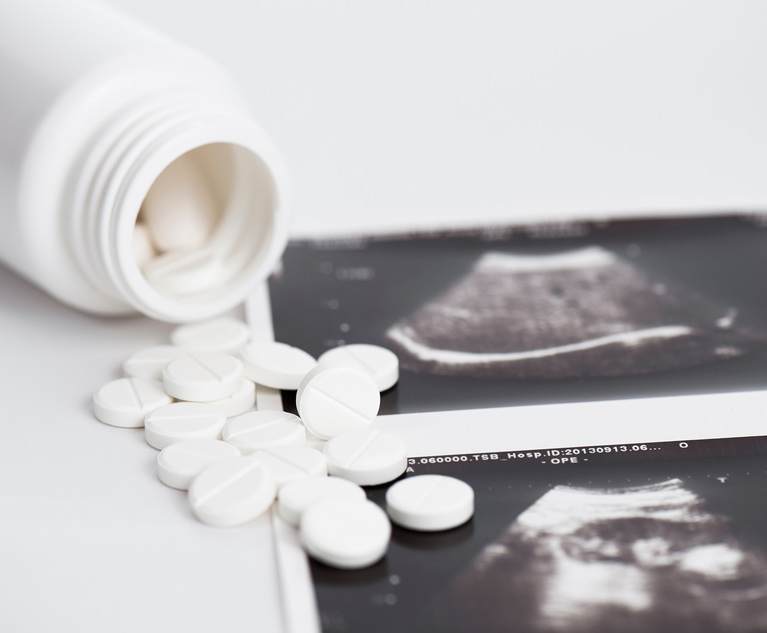According to the Guttmacher Institute, in 2020, pills accounted for 54% of all abortions performed in the United States. This is a significant increase from the nearly 44% in 2019. This increase should not be a surprise, particularly in light of hibernation during COVID, and it illustrates that medication abortion, or the abortion pill as it has come to be called, has gained broad acceptance from both patients and providers. It also underscores how central this method has become to US abortion provision, thanks to its track record of safe and effective use for more than two decades.
Mifepristone, the first pill in a two-drug medication abortion regimen, was approved to end early pregnancy in 2000, after being vetted for more than four years, and after it had been authorized for use for a decade in the UK and Sweden. Its approval was investigated in 2008 by the Government Accountability Office, which found that the process was consistent with FDA regulations. FDA data compiled by Advancing New Standards in Reproductive Health found that as of 2018, 24 people out of 3.7 million had died after using mifepristone, adding that the deaths could not be definitively linked to the drug. While previously medication abortions could only be distributed in person, in 2021, the FDA authorized the mailing of abortion medication to patients, and in 2022, the FDA updated its guidance to allow retail pharmacies to provide abortion medication.


 Credit: ivanko80/Adobe Stock
Credit: ivanko80/Adobe Stock




